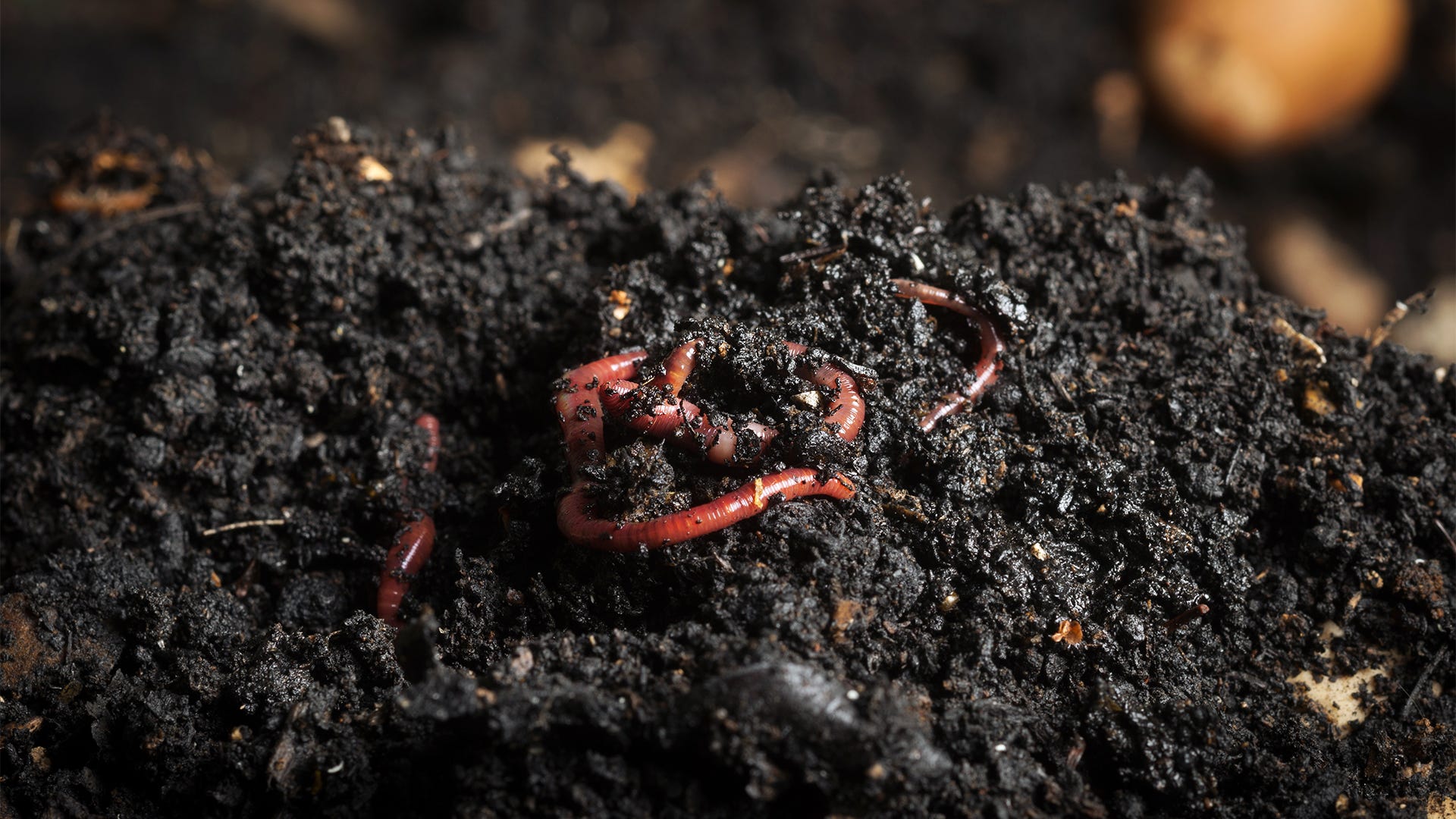Thriving red wigglers: Step-by-step guide for beginners
Thriving red wigglers: Step-by-step guide for beginners
Blog Article
The Ultimate Overview to Red Wigglers for Healthy And Balanced Dirt
The function of red wigglers, scientifically recognized as Eisenia fetida, in dirt health is a subject of boosting rate of interest amongst lasting horticulture fanatics and farming specialists alike. These organisms not only reuse natural waste yet also enhance soil fertility through their nutrient-rich spreadings.
What Are Red Wigglers?
Red wigglers, clinically understood as Eisenia fetida, play a critical function in composting and soil health. These earthworms are particularly fit for vermicomposting, a procedure that uses their natural actions to break down raw material properly. Unlike various other earthworm types, red wigglers prosper in rich natural atmospheres, making them excellent for compost containers and worm farms.
Gauging regarding three to four inches in length, red wigglers possess a distinct reddish-brown coloration and a fractional body that assists in their flexibility with decomposing materials. They are detritivores, implying they prey on rotting organic materials, including kitchen scraps, plant debris, and paper products. red worms. With their usage of these products, they help damage down intricate compounds, transforming them into nutrient-rich spreadings that boost dirt top quality
Red wigglers are also respected dog breeders, capable of replicating quickly under optimum conditions. Their adaptability to numerous atmospheres enables them to flourish in a variety of composting systems. By understanding the biology and environmental value of red wigglers, garden enthusiasts and farmers can harness their abilities to improve soil health and advertise sustainable methods in agriculture.

Advantages of Red Wigglers
The numerous benefits of incorporating red wigglers into composting practices dramatically boost dirt wellness and fertility. These earthworms, medically called Eisenia fetida, excel at damaging down organic matter, changing kitchen scraps and backyard waste right into nutrient-rich vermicompost. This procedure not just accelerates decay yet also enhances the dirt with important nutrients such as nitrogen, phosphorus, and potassium.
Furthermore, red wigglers enhance dirt structure by creating aggregates that help with aeration and water retention. Their burrowing tasks advertise a well-aerated environment, allowing origins to accessibility oxygen much more successfully. This enhanced oygenation additionally promotes beneficial microbial task, which is vital for vitamins and mineral cycling and general dirt vigor.
Along with boosting soil composition and framework, red wigglers add to pest monitoring. Their visibility in the dirt aids subdue hazardous nematodes and various other parasites, minimizing the requirement for chemical interventions. In addition, the application of vermicompost brings about boosted plant resilience against illness, advertising healthier development.
Establishing Up a Worm Bin
Setting up a worm container can be a fulfilling endeavor for those aiming to improve their composting initiatives. The primary step is picking an appropriate container, ideally made from plastic or wood, with a capability of at the very least 10 gallons to accommodate the worms and their food. Guarantee the bin has appropriate air flow-- drill little openings in the cover and sides to promote air movement while preventing excess dampness buildup.

Present the red wigglers right into the bin, allowing them to acclimate to their new setting. Ideally, begin with a population of concerning one extra pound of worms per square foot of surface. Lastly, position the worm bin in a location that preserves a stable temperature level, preferably between 55 ° F and 77 ° F. With these fundamental actions, your worm bin will certainly be all set to prosper in the pursuit of healthy and balanced soil.
(red wigglers)
Feeding Your Red Wigglers
When it comes to supporting red wigglers, comprehending their nutritional requirements is vital for preserving a healthy worm container. These worms grow on a varied diet plan, largely made up of natural issue.
Portion control is crucial; overfeeding can result in smell concerns and draw in insects. An excellent guideline of thumb is to offer food that is about equivalent to the weight of the worms in the container each week. Screen the intake rate and adjust feeding quantities as necessary.
To advertise a well balanced diet plan, aim to give a mix of nitrogen-rich eco-friendlies, such as vegetable peels, and carbon-rich browns, such as dried out leaves or cardboard. Additionally, preserving appropriate wetness levels is essential-- food scraps need to be damp but not soggy - red worms. By carefully managing their diet regimen and setting, you will certainly make sure that your red wigglers stay healthy and efficient, adding efficiently to the composting process
Making Use Of Worm Castings in Dirt
Incorporating worm castings into dirt can considerably improve its wellness and fertility. Worm castings, likewise called vermicompost, are a rich source of nutrients, including nitrogen, phosphorus, and potassium, important for plant growth. When included in soil, these castings enhance its structure by raising aeration and boosting wetness retention, which is specifically useful in deserts.
Furthermore, worm spreadings introduce useful microorganisms that promote a healthy dirt environment (red worms). These microbes aid in breaking down organic issue, making nutrients more conveniently offered to plants. The presence of these microbes additionally assists suppress soil-borne diseases, decreasing the need for chemical fertilizers and chemicals
To use worm castings successfully, mix them into the top few inches of soil before planting or use them as a top dressing around established plants. A recommended application price has to do with 10-20% castings combined with dirt to enhance nutrient availability without frustrating the plants.
Final Thought
In conclusion, red wigglers, or Eisenia fetida, play a critical function in improving dirt wellness with their vermicomposting tasks. Ultimately, the combination of red wigglers into soil monitoring methods promotes sustainable farming by reducing reliance on chemical plant foods and cultivating advantageous microbial activity.
Report this page